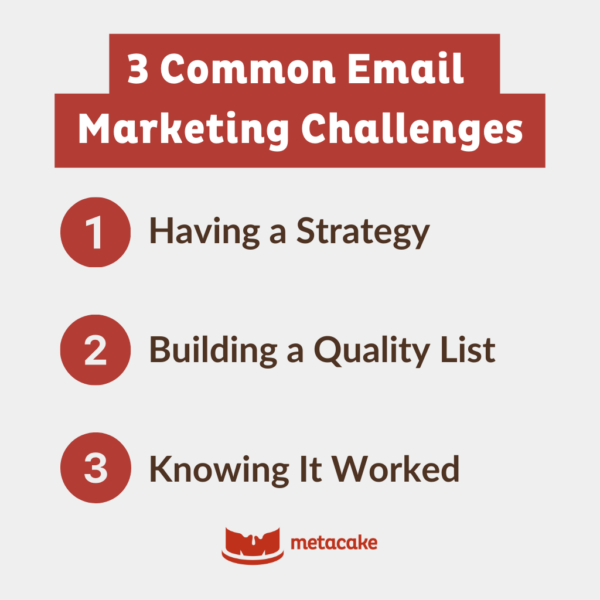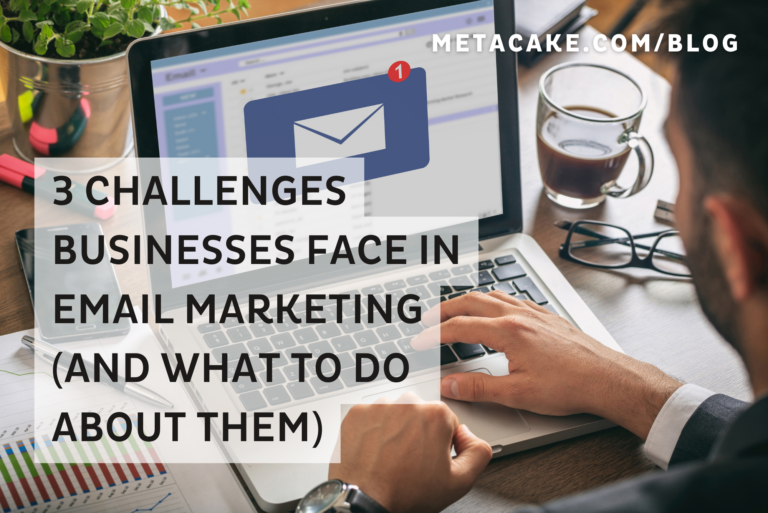For the last 15 years, email marketing has been a roller coaster ride. In the late 1990s, everyone was snatching up an email address. By the early 2000s, email had emerged as the primary mode of communication.
Always eager to profit from the latest shiny new object, businesses quickly jumped on the email marketing bandwagon. Of course, it was only a matter of time before businesses knocked over the wagon, overwhelming people with spam and poorly executed campaigns.
Because spam left a poor taste in people’s mouths, email marketing was widely viewed as a low-value marketing channel, and it eventually took a back seat to the next shiny new object — social media.
However, there were people who understood the value of email marketing. They weren’t the spammers, though; they were the ones who successfully used email to interact with their subscribers.
They realized that a list of engaged customers is one of the most valuable assets a company could have.
And while social media became noisy and cluttered, email marketing made a comeback.
Companies have realized that email provides a certain level of exclusivity that other platforms don’t. As long as you use that exclusivity to deliver content that’s relevant and valuable, there’s a good chance people will engage with your emails and your brand.
Why? Because people don’t want to be “marketed” to. They want to build a relationship with a brand they care about.
How do you make that happen? Start by addressing these three common email marketing challenges most businesses face.

3 Common Email Marketing Challenges
Email Marketing Challenge #1: Having a Strategy
People originally jumped on the email marketing bandwagon because everyone else was doing it. That’s an awful reason to do anything — need we remind you of lemmings and cliffs?
Too many companies play “follow the leader” with email marketing. Their strategy involves sending out emails daily, weekly, or monthly. They throw it against the wall, sit back, and see what sticks. As long as an email goes out on schedule, mission accomplished, right? Wrong.
To use email marketing effectively, you have to ask yourself the following questions:
- Why are you doing this?
- What do you want to accomplish?
- What value are you delivering to your subscribers?
- Why should your subscribers care?
The answers to these questions will help you develop content that matters to your audience.
There’s a huge difference between engaging people and just sending them marketing emails.
Email Marketing Challenge #2: Building a Quality List
Anyone can build a simple desk with four legs and a work surface if they have the tools and materials. Of course, if it isn’t built correctly, the desk is useless.
Likewise, anyone can build a massive email list. But building a list of engaged customers who care about your content and won’t flag it as spam — that’s a different story.
News flash. Bigger actually isn’t always better.
If you send an email with a coupon and only 1% of your list opens it, does that mean you need to build a larger list?
No.
A massive list of people who don’t care what you have to say ends up wasting a lot of time and money. A list of 10,000 subscribers with a 15% open rate is much more valuable and easier to manage than a list of 50,000 subscribers with a 1% open rate.
Focus on building a quality email list, and segment your list according to behaviors, needs, and interests. Then, deliver content that speaks to those specific subscriber segments. Don’t just blast the same email out to your entire list all the time. The same email isn’t going to work for everyone on your list.
Email Marketing Challenge #3: Knowing It Worked
It’s easy to see how many emails you’ve delivered, how many people opened them, and how many people clicked. But that just scratches the surface of what your email analytics are capable of telling you.
Everyone loves free services like Google Analytics, but if that service isn’t tied directly to your email service platform, you’re not getting the most out of it. When people click emails and make purchases, you should be able to quantify revenue on a campaign basis.
What’s better than tracking revenue on a campaign basis? Tracking it on an individual basis! When the data is no longer anonymous, you can then track activity and revenue on an individual basis.
Advanced analytics platforms enable you to connect specific email addresses and profiles with individual user actions and purchases. It completely removes the anonymity of your website visitors.
This is a critical function of analytics that can help you evaluate campaigns and content strategies, optimize and segment your email list, and guide future email campaigns.
You can’t get this from Google’s free analytics or other free services. Period.
Email Marketing Challenges: Final Thoughts
Interested in learning about some advanced analytics platforms and how to gain actionable insights from your data? Check out our blog, The Truth About Google Analytics.
If you want to overcome email marketing challenges, you need a sound strategy, a quality list, and an analytics tool that lets you see the whole story. If any of these three components are missing, you’re most likely leaving money on the table.

